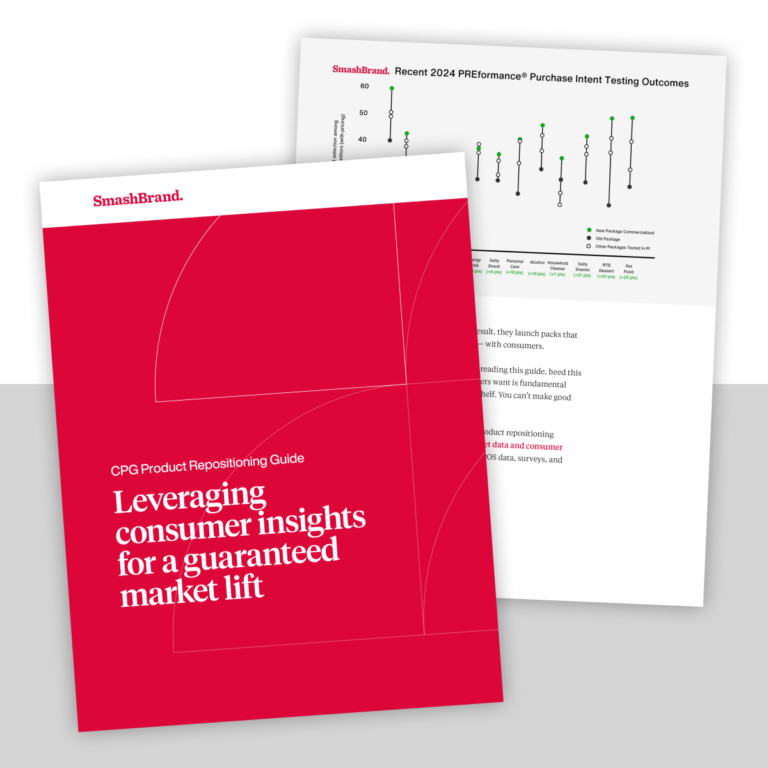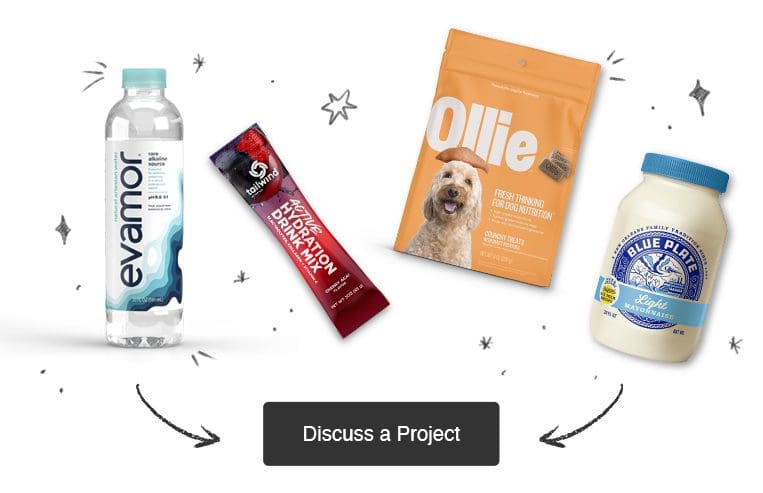There are plenty of marketing campaign templates and examples to draw from, all of which share the same overarching goal: To get people to recognize their brand, follow their mission and buy their products. Many of them have been successful in those goals.
Since there’s no rule saying you can’t use someone else’s marketing model or business template, learning from these strategies can be an extremely effective way to develop your campaigns and build your business’s reputation, large or small.
Let’s look at a few of these particularly successful campaigns and see what we can learn from their strategies.
Keep in mind we want to learn from their example, while not simply plagiarizing their actions. We need to learn how to bring what they did into our own situation and adjust the strategy to fit our own needs.
Here are a few good templates to start with:
1. Coca-Cola Sharing Can
The Coca-Cola sharing campaign that appealed to the personal side of consumers and use the “#shareacoke” hashtag to encourage users to promote the brand online, was an incredible success. The results were astounding, increasing young adult consumption (the target demographic) by 7 percent, while also building social media engagement.
What made this campaign so successful is that Coke was able to appeal to users and get them to share something that’s personal to them, even if that something is just a drink that everyone knows about. By combining that personal touch with user-generated content, Coke’s successful campaign can easily be modeled by focusing on these two areas:
- Personal and Relational Appeal
- User-Generated Content
2. The Whopper Sacrifice
In one of the more unique CPG marketing campaigns in recent memory, the Whopper Sacrifice by Burger King was basically a Facebook application that offered a free Whopper coupon to anyone who deleted 10 friends from their Facebook account.
The result? Nearly 234,000 people were unfriended for over 23,000 free Whopper coupons.
If your aim is to get people to your store, there’s no question that this was an effective campaign for doing so. It is, of course, assumed that those who cashed in the free coupon spent money on drinks and fries while they were there.
3. True Blood: Revelation
By deploying a website selling a blood orange (yes, that’s a real type of fruit!) drink that enabled vampires to live among humans, “leaking” vampire videos and political posters supporting equal rights for vampires in major metro areas, HBO built a high amount of anticipation and intrigue about the new series without even mentioning the show.
The trick seemed to be that they could identify a niche audience and provide them with mystery and intrigue that eventually culminated in their TV show.
4. Elf Yourself
The Office Max Elf Yourself campaign was one of the first and was wildly successful in 2006. The basic idea was to allow people to upload pictures of themselves to be depicted as a dancing elf in a holiday-themed ecard. Six billion shares later, the campaign has become an enduring tradition and a viral video success.
The takeaway is creating something that can become a tradition and allow your audience members to star in whatever marketing medium you’re utilizing.
The Takeaways
By studying these campaigns, we can glean tactics and underlying takeaways that we can apply to our businesses and use to develop our marketing campaigns and build brand loyalty. Just because the companies who develop them are larger corporations doesn’t mean that the same concepts can’t be used in a smaller scope.
If you study these successful marketing ventures and find something you think could translate to your situation, don’t let the high profile of the original authors intimidate you.
Data-Driven Brand Development
Want a best-selling brand? SmashBrand is a brand development agency for FMCG and CPG companies. From brand strategy to packaging design testing, our Path To Performance™ process guarantees a retail performance lift. Book a time to discuss your project with our team.
*Today’s guest blogger is Camille McClane, who is honored to have had the opportunity to share her knowledge on how businesses can use these unique campaigns as examples to enhance their brand, gain more loyal customers and increase revenue.
Subscribe to
Nice Package.
A monthly newsletter that unpacks a critical topic in the FMCG & CPG industry.
Free Resource.

CPG product repositioning guide.
Explore the five undeniable signs your CPG product needs repositioning along with strategies for leveraging consumer insights for a guaranteed market lift.
Learn More About CPG product repositioning guide.
